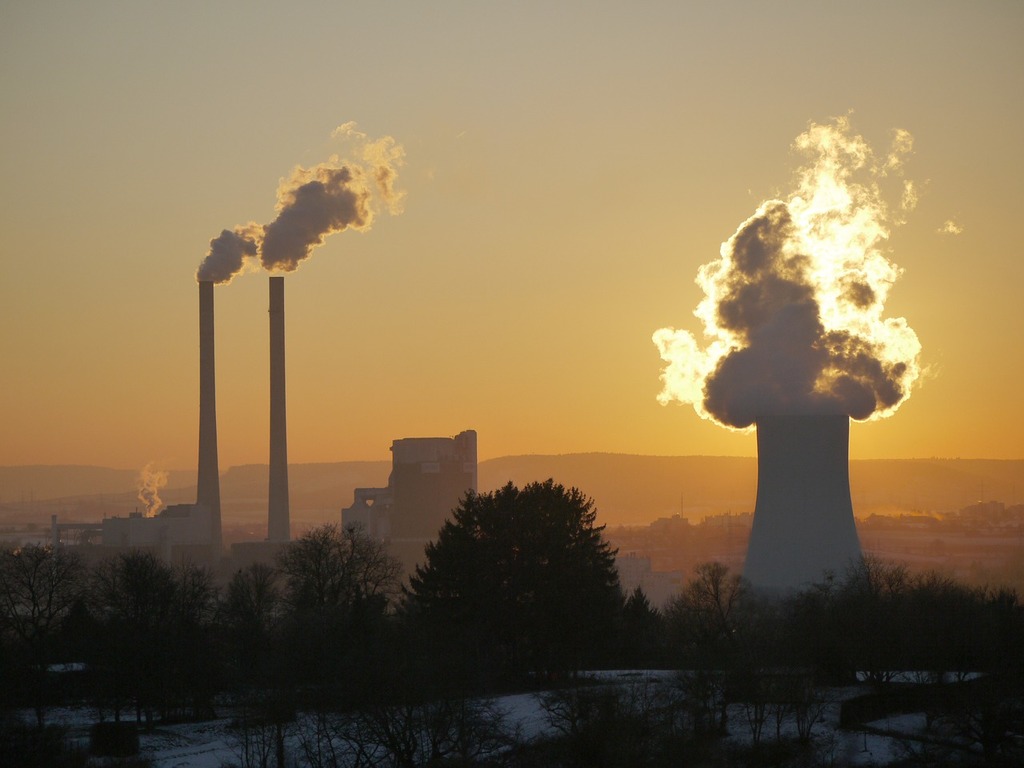PROTECT YOUR DNA WITH QUANTUM TECHNOLOGY
Orgo-Life the new way to the future Advertising by AdpathwayThere are so many different definitions of heat waves and excess heat, that I’m experimenting with my own. I recently posted about a heat index based on an absolute temperature threshold of 30°C (= 86°F). But the more common choice is for a threshold based on typical conditions in a given region; after all, a temperature that could be called pleasantly cool in Phoenix, Arizona, might be uncomfortably hot in London. Therefore I defined a threshold θ and a scale factor s for each location, based on its temperature history, then define each day’s excess heat (for daily high temperature x) as zero if x is less than the threshold, otherwise as h=[(x-θ)/s]2.
I can then compute the excess heat for a given year as the sum of that year’s daily values. That’s for a single location; for a region, I can use the average throughout that region. And, as before, my source data is the daily high temperature on an equal-area grid from Berkeley Earth. Here’s what I get for the USA since 1881:
By using a location-specific threshold, we see what others see: that the worst excess-heat year in the USA was 1936, and the 1930s (the “dust bowl” years) were not just exceptionally hot, they made up the hottest decade in American history. But we also see an upward trend since about 1980, which hasn’t yet reached the level of the 1930s but has all but eliminated years without notable excess heat somewhere in the country.
Different Strokes for Differnt Folks
A closer look shows that different regions of the U.S. have very different histories of extreme heat. The central part of the country is where the extremes of the dust bowl were concentrated:
In the NorthWestern U.S. it’s the year 2021 which stands out:
The desert southwest highlights the upward trend since about 1980, as well as showing the extremity of 2021:
I calculated my heat index not just for grid points in the U.S.A., but for all land areas in the northern hemisphere from the equator to latitude 60°N, which happens to be where most of the human population lives. Looking at other regions, I see a worrisome recent upward trend in the middle east:
There’s a similar trend in the land surrounding the Mediterranean:
Central Europe shows that the 2003 European heat wave, a killer on a massive scale and the worst on record, was just the beginning. They’ve had worse since, as the heat wave situation in Europe has gotten way out of hand:
All of which made me wonder, where in the world does the most extreme heat happen more recently (say, in the year 2000 or later) compared to earlier (before 2000)? Here’s a map with grids which peak pre-2000 in blue, those that peak 2000+ in red:
The biggest patch of pre-2000 peak heat is the blob of blue in the middle of North America, where the heat of the dust bowl years still hasn’t been surpassed.
I wonder just how much the lack of recent record-setting extreme heat in the Central USA makes it easier to sell climate denial in that area?
You can help this blog; feel free to
donate at my wee dragon































 English (US) ·
English (US) ·  French (CA) ·
French (CA) ·